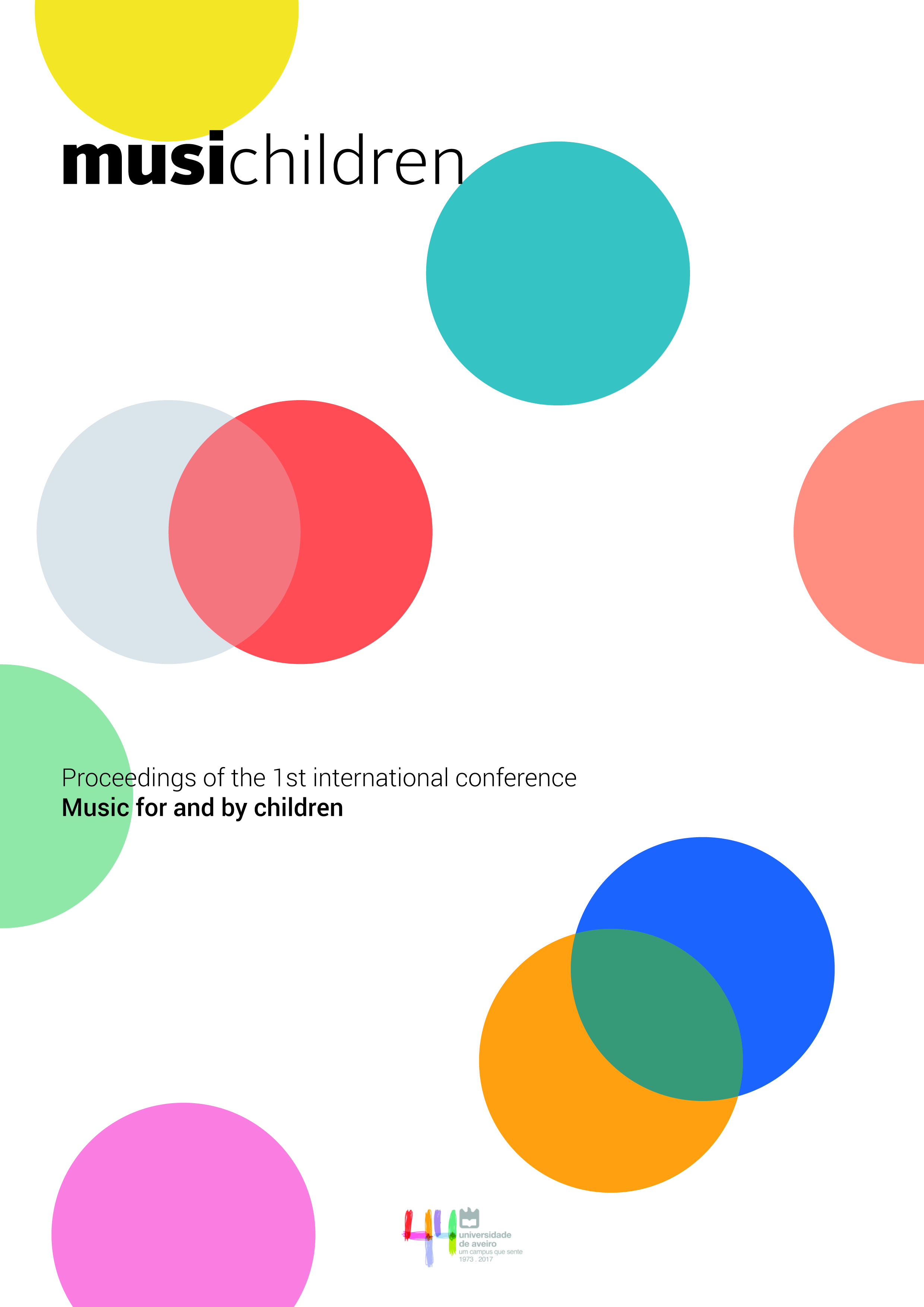Drum, drama, dream and music: Listening and multimodality
Abstract
This paper approaches some pedagogical strategies to guide children in listening to music, namely (a) the activities of playing rhythms and (b) the activities of telling, miming and imagining stories along with recorded music, which might function as possible ways of preparing children’s minds for attending musical concerts. It has been argued that the acts of listening, performing and composing can nourish each other when working in articulation. The present paper combines the notions of articulation and simultaneity, by arguing that listening to music can be enhanced by simultaneous performance. It discusses some theories that describe musical thinking and understanding as complex operations dealing with different types of information, perceived through different modes (aural, visual, kinaesthetic, etc.). Listening to music with simultaneous multimodal activities gives origin to mental activations whose complexity can have benefits on the analytical capacity and, consequently, on meaningful musical understanding, mental representation and memory.
Some empirical studies show that children exposed to the multimodal experiences of miming stories and playing rhythms while listening to music demonstrate stronger musical memory and higher levels of understanding of the musical pieces than they would do if they would listen in more passive ways. Children categorise different sections of the music, refer to their expected or surprising sequential interaction and show awareness of the whole musical form by comparing sections and identifying recurrence, transformation and contrast. In terms of memory, children tend to preserve stronger and more detailed mental images that allow them to be more successful in future identification of fragments from the musical pieces.
There is also some evidence that children tend to judge more positively the musical pieces they listen to, when they mime or play. The results might inspire teachers and musical performers in adopting preparatory listening schemes to be developed with children before attending musical concerts.





